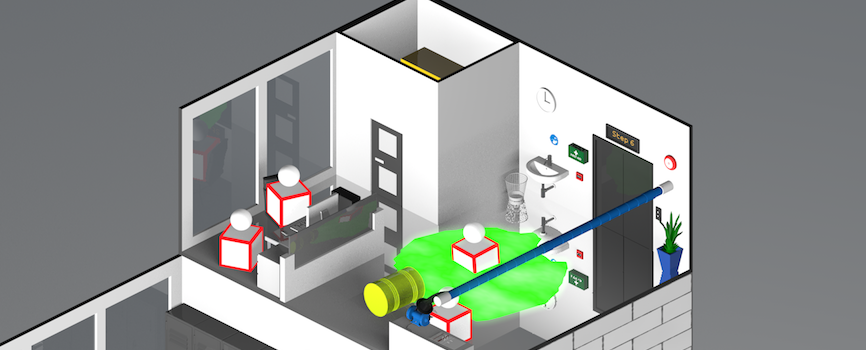What are the most high-risk foods?
Posted 7 years ago

High risk foods commonly spoil as a result of unsuitable storage conditions or improper cooking methods of the high-risk foods. Many types of meat, fish, gravy, sauces, shellfish, dairy products and pasta are examples and the smallest preparation errors can cause contamination. As a result, basic mistakes in the preparation of these common foods can have a negative impact on anybody.
A variety of harmful bacteria can manifest depending on the hygiene of high-risk food and of those preparing it. The following bacteria can cause illnesses that vary in cause and duration:
- Salmonella – Contamination and undercooking generally cause this common type of food poisoning. 2,500 people with salmonellosis in the UK are admitted to hospital each year.
- Campylobacter – This is the most common cause of food poisoning in the UK, which mainly stems from undercooked poultry meats.
- Escherichia coli 0157 – E Coli causes potentially fatal harm to the elderly and children. You can prevent this by cooking meats thoroughly.
- Listeria – This type of bacteria is found in raw milk (and milk products) and processed meats. Listeriosis holds a larger risk because it can often survive the cold temperatures of a fridge. Only thorough cooking can kill this bacteria.
- Clostridium Perfringens – Causing nearly one million illnesses each year, this is the third most common cause of foodborne illness in the UK & USA. This bacteria is found in meals of large quantities that are warmed for an extended period of time before serving. Catering companies are usually responsible for the spread of this bacteria due to feeding many people at once.
Have a look at some of our recent food hygiene blog posts related to the preparation of food and how to reduce the chance of spreading these bacteria and causing illnesses!
Food Safety & Hygiene Training
Here at iHasco, we offer three Online Food Safety & Hygiene Training courses: Food Safety & Hygiene Level 1 Training, Food Safety & Hygiene Level 2 Training, and Food Safety & Hygiene Level 3 Training. Level 1 and level 2 courses are for anyone who works where food is made, sold, or served to give you a good understanding of food hygiene and how to handle consumables properly. Level 3 training is for managers or supervisors and provides a more advanced and in-depth level of training.
Additionally, we offer an Online Food Allergy Awareness Training course that covers allergens, food law & how to avoid cross-contamination.
All of our food-related courses have an IOSH approval, for that extra guarantee of the quality of our course. But why not see for yourself? Try our course for free today!
This is quite an interesting course that has opened my mind clearly in many things with regards to preparing foods as a Caterer. It has refreshed my mind and has also improved my professional level.


Jack Rosier
Senior Marketing Executive
Related articles



Opt-in to our newsletter
Receive industry news & offers